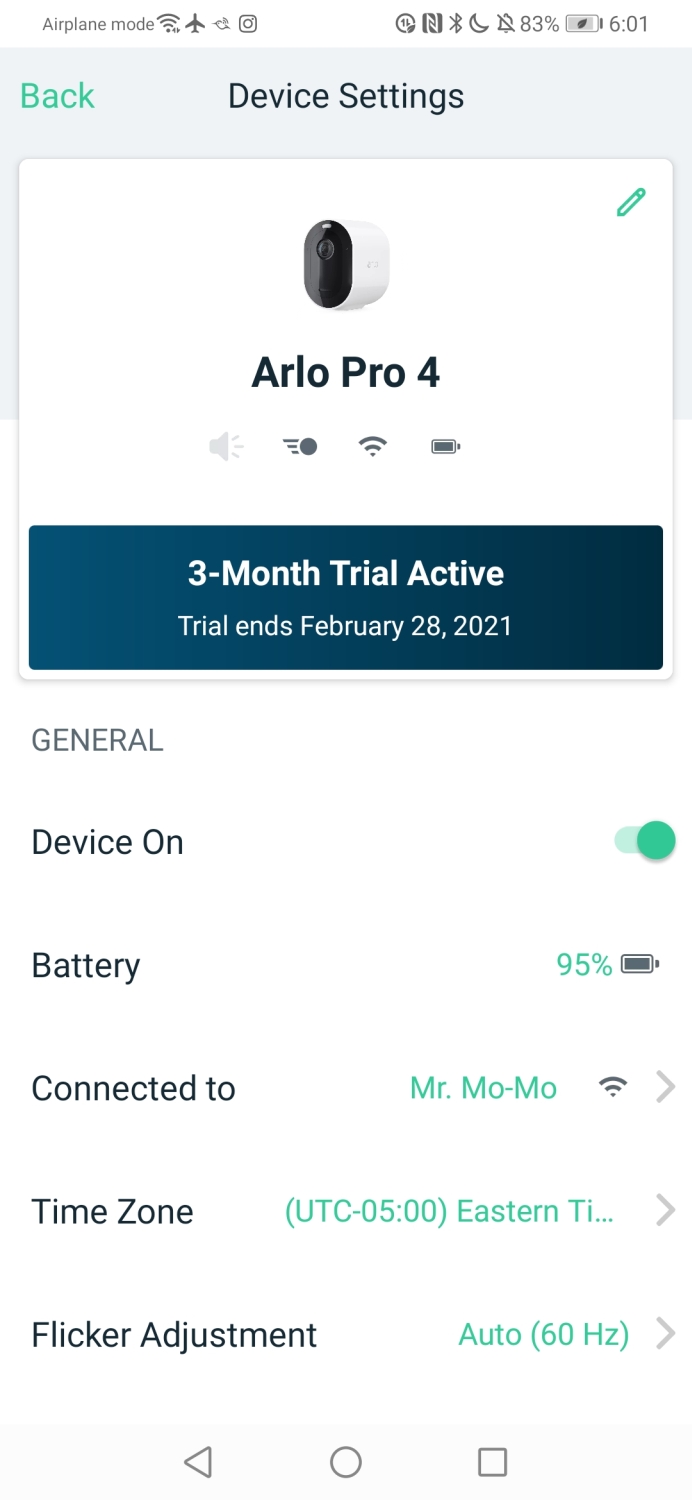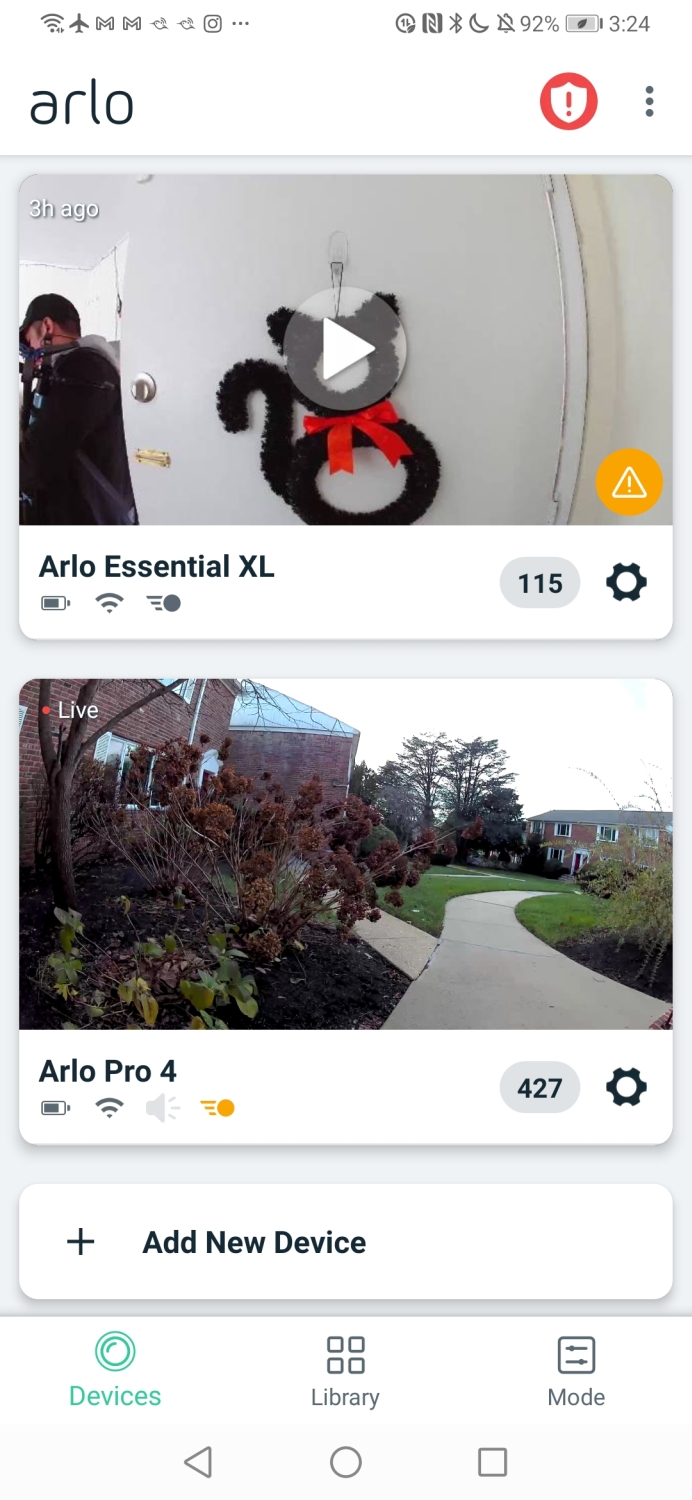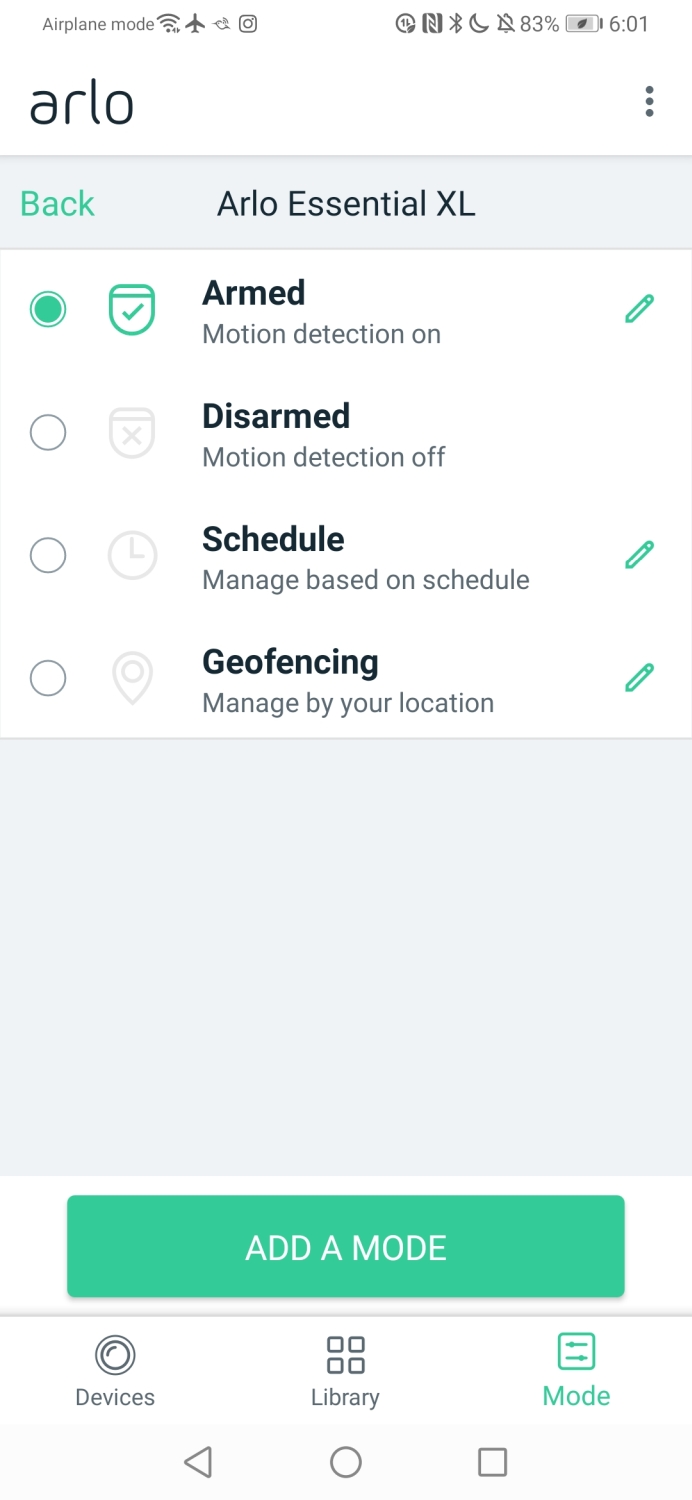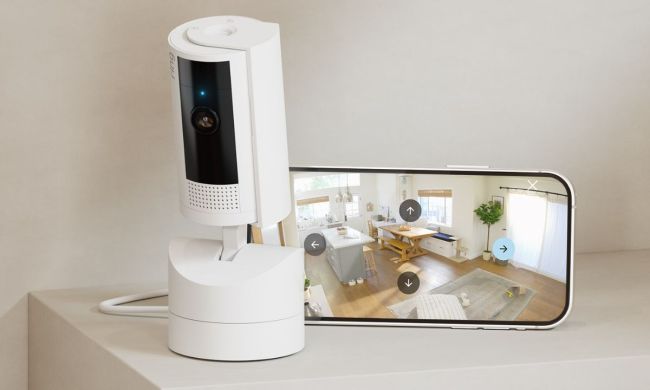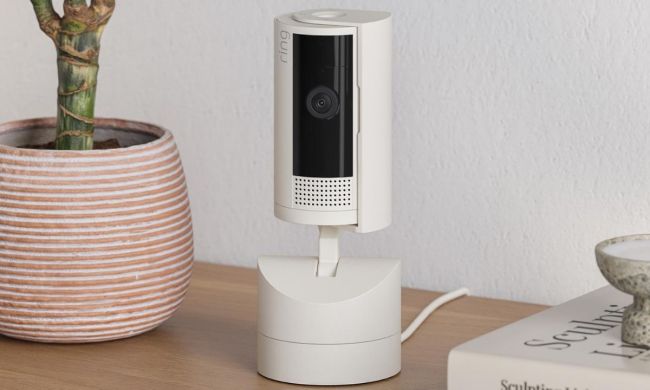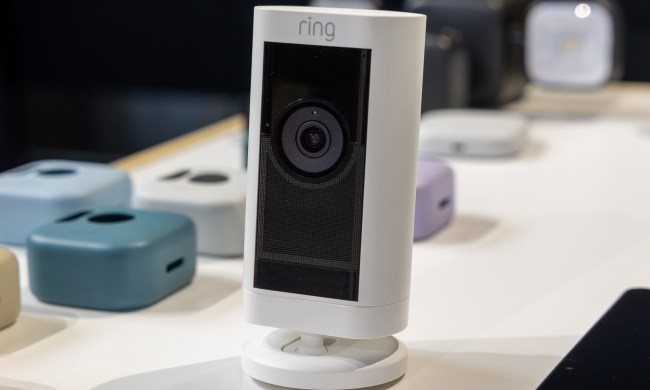“Ditching the hub, the Arlo Pro 4 delivers the same excellent performance of its predecessor at a lower starting cost.”
- Sharp-looking footage
- Additional details with color night vision
- Doesn't require a hub to set up
- Smart security with Arlo Smart service
- Specs are similar to predecessor
- Spotlight required for color night vision
Security camera maker Arlo might’ve been quiet for the first six months of 2020, but the company was certainly busy during the second half of the year. After introducing its new Essential line of cameras, it saved the best for last with the Arlo Pro 4 Spotlight Camera. That model is replacing the more expensive Arlo Pro 3, which is notable because it established what it meant to be the best camera around.
Whenever a device makes a numerical jump, there’s an expectation that it’s pushing things forward in a dramatic way. Let’s find out if that’s the case with the Arlo Pro 4 Spotlight Camera.
Ditching the hub
There’s no denying that the specs sheet of the Arlo Pro 4 Spotlight Camera is drool-inducing, but what’s often overlooked is how the system functions. What’s different about this cam versus its predecessor is that it ditches the hub — so it’s now a truly wireless affair.

The Arlo Pro 3 required users to set up Arlo’s SmartHub base station in order for it to work. Nothing’s more annoying than having to connect yet another hub or bridge to your network. Most of the time, they require being hardwired directly to your home Wi-Fi router, which is made worse when Ethernet ports are in short supply. Plus, it means yet another thing that needs to be plugged into an outlet — also in short supply at my apartment.
That’s why I’m stoked that the Arlo Pro 4 Spotlight Camera now connects directly to my router, so getting it set up is a more streamlined affair. For smaller spaces, like my apartment, this direct Wi-Fi implementation works because everything is within close proximity to the router. However, I would imagine that the SmartHub would be a benefit for larger homes because it would manage the connection a lot better — while also helping out with battery life.
The Arlo Pro 4’s camera performance is just as excellent as before.
Speaking of battery, the Arlo Pro 4 has a removable rechargeable battery that’s rated for six months of juice. Since I’ve placed it in a high-traffic area, its battery life has dropped by 3% daily on average. Obviously, that’s not going to get me remotely close to that six-month range, but it’ll be enough to last a full month before requiring a recharge. It comes with a magnetic charging cable, which allows it to charge and still function simultaneously.
Predictably sharp-looking video
Going from the Arlo Pro 2 to the Pro 3, the camera’s resolution made a dramatic jump from 1080p to 2K resolution (2560 x 1440). Instead of making another upgrade, the Arlo Pro 4’s camera remains at 2K resolution. It’s not bad, but it would’ve been nice to perhaps jump up to 4K — much like its Ultra line of security cameras. Then again, that’s what distinguishes the two camera lines.

The rest of the specs indicate it’s essentially the same hardware as before: A 4-megapixel ⅓-inch camera sensor with a wide 160-degree field of view. That’s impressive coverage, but it’s most effective when it’s strategically placed at corners. Rounding out the features are HDR, auto track and zoom, high-powered infrared LEDs with cutoff filter, and a 12x digital zoom. That’s no different from the Arlo Pro 3, which is surprising.
Despite the lack of change, the Arlo Pro 4’s camera performance is just as excellent as before — producing sharp clips with plenty of detail, sharpness, and accurate-looking colors. When lighting is abundant, dynamic range is handled nicely throughout the scene to produce an even exposure. Highlights don’t look overblown, which helps to retain details that may otherwise be lost. In low lighting, though, artifacting elements do appear more in the shadows. It’s not terrible, but it does soften the quality a little bit.

When it’s nighttime, I appreciate that color night vision kicks. In order for this to happen, the spotlight turns on to shed some light on the scene, which helps to draw colors out more. Now, I should point out that the spotlight kicks on whenever motion is detected, but I wish there was a way to force the camera to shoot in color night vision without it on. While there is an option to disable the spotlight through the settings in the app, it effectively defaults to standard black-and-white night vision.
Smarter security behind a subscription
Out of the box, you get a free 3-month trial to Arlo Smart — the company’s premier security service. Without it, the Arlo Pro 4 Spotlight Camera is limited to seven days of cloud recording at 1080p, versus 30 days with 2K footage. Another benefit of Arlo Smart is that you gain advanced features such as package, person, animal, vehicle, and smoke/CO2 alarm detection. Arlo Smart offers a smart security solution that can eliminate false alerts, but it’s all behind a subscription.
But you know what? The $3-per-month plan for a single camera is worth the cost to those who simply want more peace of mind. It’s hard enough juggling the many notifications on your phone, so it’s a convenience that the Arlo Pro 4 can intelligently know the difference between a stranger coming into frame versus the neighborhood cat strolling past.
I also appreciate that you can set up a geofence to tell the camera when to turn on or off. This is especially useful if you end up using the Arlo Pro 4 Spotlight Camera indoors, since you can set it to disarm when you’re home — so you won’t have that feeling like you’re being watched constantly.
Our take
Honestly, I was expecting the bar to be elevated by the Arlo Pro 4 Spotlight Camera. But in reality, it shares a lot of similarities with its predecessor. In spite of this, I’m glad that it doesn’t cost an arm and a leg to pick up, which is something that made the Arlo Pro 3 a tougher consideration for those with a tighter budget. At $200 for just a single Arlo Pro 4 Spotlight Camera, it’s a substantially lower investment than the $500 starting cost for the base 2-kit system of the Arlo Pro 3. The lower cost combined with its direct Wi-Fi connection still makes it an attractive option for anyone who craves smarter security.
How long will it last?
With its weather-resistant construction, it’s able to withstand a temperature range of 4-degrees F to 113-dgerees F. It’s unlikely to break down, but if it does, there’s a one-year limited warranty that covers against defects in material and workmanship.
Is there a better alternative?
The Arlo Essential XL would be an ideal alternative if you’re looking to save more, but still crave an intelligent security camera to monitor your home. You’ll only need to fork over $150 for it, which saves you $50. The only drawback is that it’s limited to 1080p capture and doesn’t offer HDR video.
Another comparable camera is the Ring Spotlight Camera, which benefits from Ring’s extensive smart home ecosystem. If you’re really looking for a bargain, check out the Wyze Cam Outdoor, which features local storage, sharp footage, and an offline mode, all for $60.
Should you buy it?
Yes, despite the stark similarities it shares with its predecessor.


